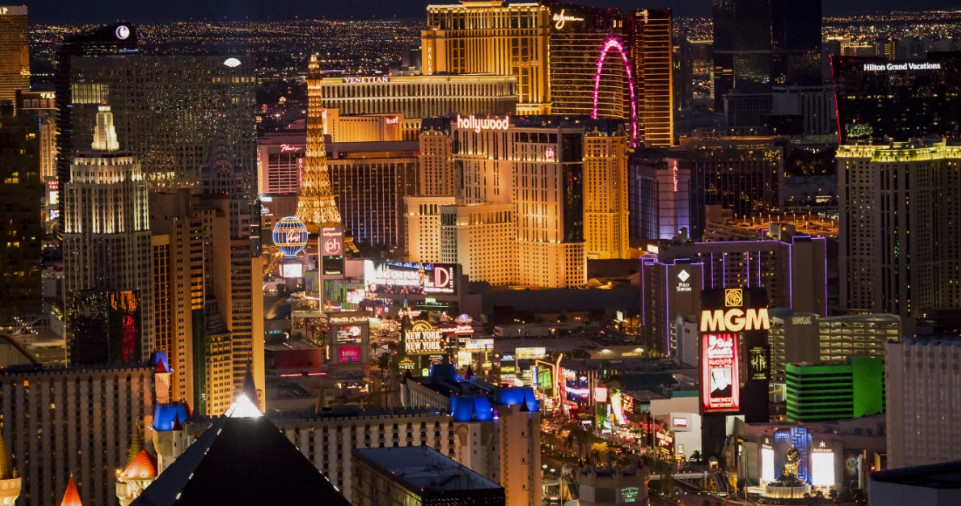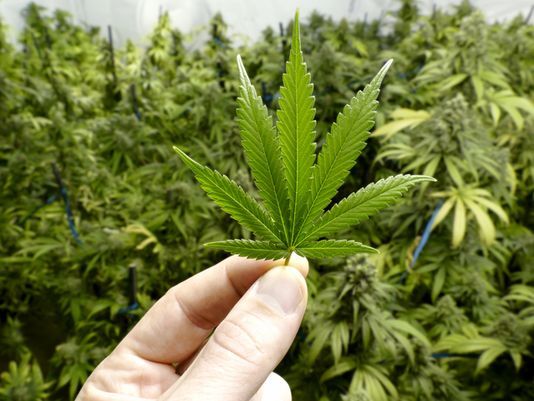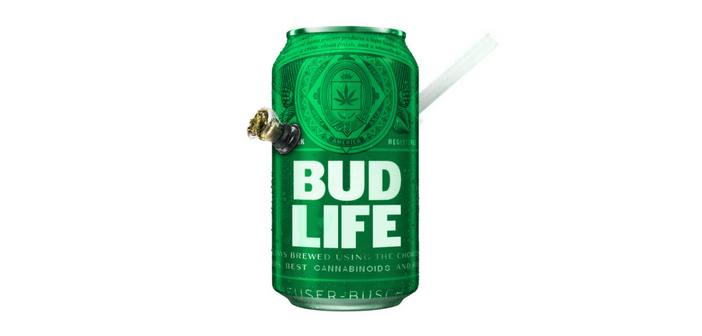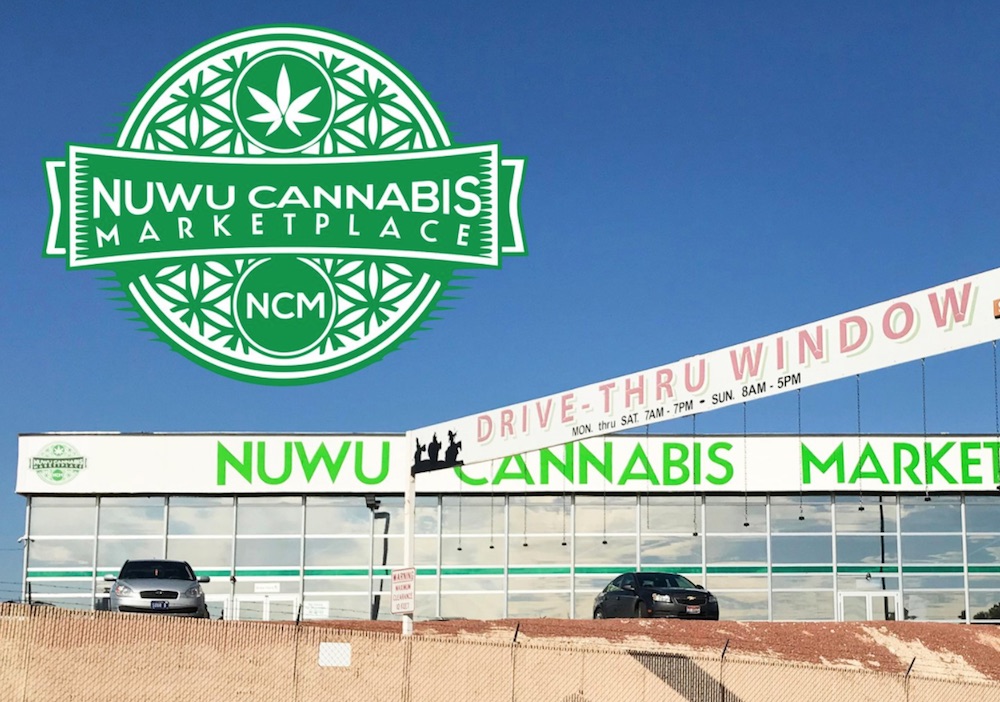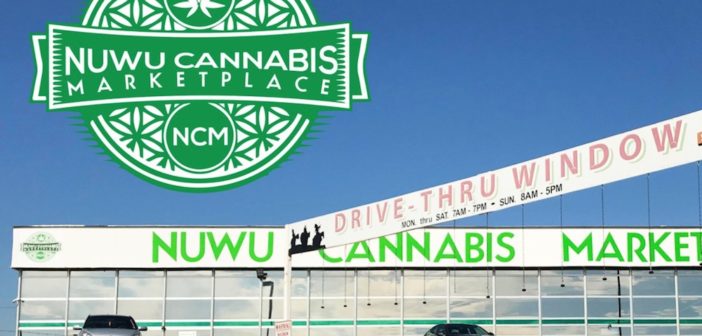These are anxious days in the mellow world of marijuana.
California is dealing with chaos and comic opera as it prepares to become the latest and largest state to sell recreational cannabis, a cash crop potentially worth billions.
Regulators have only recently chosen which companies will be able to sell the drug when adult-use weed debuts in licensed stores on January 1st, from San Diego to Eureka.
Medical marijuana has been legal in California since 1996. But the sale of recreational cannabis dates only to November 2016, when it was approved by voters.
The path forward is a bit unclear, leaving retailers to look to other cannabis-friendly states for reminders of what to do, and what to avoid.
Lessons abound.
In July, Las Vegas retailers ran out of recreational marijuana days after the state began selling it. Something similar happened in Maryland, with medical cannabis.
The message was obvious: Have plenty of marijuana in the store room. Otherwise, snarky headlines will follow. And the headlines will end up on the DrudgeReport.
On the flip side, California retailers are finding much to admire in Washington and Oregon, where a border rivalry has evolved over who sells the most recreational cannabis.
Companies compete hard, and there’s a lot of “mainstreaming” going on. Retailers get deeply involved in community events, and remind customers that much of the marijuana sales tax goes to schools and health care.
Retailers also are moving to expand their audiences beyond the mix of young and old people typically found in medical marijuana dispensaries.
Oregon has worked especially hard to say that adult-use cannabis is a health and wellness product as much as it is a drug that will scramble your neurons. They’re trying to attract families and health enthusiasts, who are often encouraged to socialize around edible marijuana or topical creams that contain cannabis.
The message resonates in California, where retailers know they need to broaden their markets and clean up their image.
Stores like Urbn Leaf in San Diego’s Bay Park gently reminds older people who might not have seen a joint in a while to call the drug cannabis, not dope or pot.
“We don’t want the image of a typical user to be a 20 year-old guy sitting in his parent’s basement doing bong hits,” said Dallin Young, executive director of the Association of Cannabis Professionals in San Diego.
“We want this to go mainstream.”
A heavy dose of public education is needed, said Lincoln Fish, chief executive of OutCo, a cannabis cultivation company near El Cajon.
“People need to understand the real facts associated with this plant, and realize that they have been given copious amounts of misinformation by anti-drug crusaders who just lump cannabis in with other drugs.
“It doesn’t help, by the way, when publications, including the Union-Tribune, use the word ‘pot’ in every headline.”
The industry has a bigger nemesis — the federal government.
U.S. Attorney General Jeff Sessions has repeatedly reminded retailers that the sale of marijuana is a violation of federal law. It’s unclear whether he’ll lead a crackdown. But the mere threat of one has led banks not to do business with cannabis retailers.
It’s also led a lot of communities to tell California marijuana retailers: You’re not welcome here.
More than 70 percent of California’s counties and cities have banned the sale or cultivation of marijuana, or both. San Diego is the only place in San Diego County where marijuana can legally be sold. And only six of San Diego’s nine City Council districts will have licensed stores when recreational cannabis goes on sale on January 1st.
“A lot of people from around the county are going to be very surprised when they learn that,” said Dallin Young of ACP.
Retailers are getting a helping hand from the state, which has effectively thumbed its note at the feds.
In another story that stirred headlines, state Treasurer John Chiang said it might be possible to help retailers by sending armored couriers to their offices to pick up the taxes they owe on marijuana sale.
More recently, California Secretary of State Alex Padilla debuted a website that will make it easier for people who apply for the permits they need to operate in the state’s legal cannabis industry. The website is being publicized by Cheech Marin, a member of the stoner comedy duo Cheech and Chong.
Marin told the Sacramento Bee, “It knocks off a few hours of the community service I had to do.”
Such services could help. But the question remains: How many people will turn out when the sale of recreational cannabis begins?
“It’s tough to forecast,” said Will Senn, founder of Urbn Leaf, which operates two stores in San Diego, and is working on a third.
“We’re preparing for the worst and hoping for the best. Our goal is to keep wait times as low as possible, and to educate people about marijuana.”
Lincoln Fish is more optimistic, saying: “Our consumer research shows that there is a very large contingent of people who want to start using cannabis and have just been waiting because they don’t want to get medical cards.”
Medical cards are easy to get, regardless of whether you actually have disease, disorder or disability. But your name is kept on file at a cannabis store if you use it. People worry about how safe their data is.
John Sidline is even more optimistic than Fish.
“Some forecasts peg the California market as getting close to $2 billion in 2018, and as much as $5 billion by 2020,” said Sidline, an executive at the public relations firm the Cannabis Story Lab in Portland, Oregon.
“Because the industry is building on top of an existing 20 year medical marketplace, the ramp to address adult-use recreational (cannabis) won’t be long, and there is already pent-up demand for the product.”



